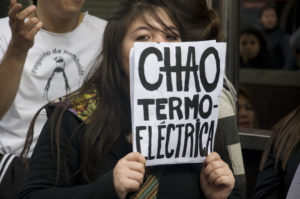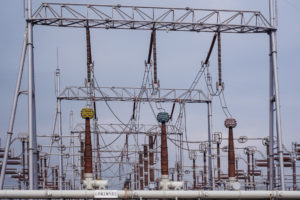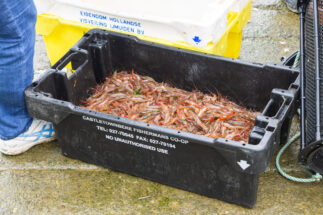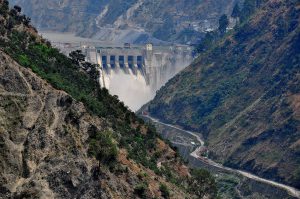The Chilean government has already granted concessions for new geothermal energy projects on more than 43,000 hectares. This indicates the South American country’s massive potential for this source of energy.
Some small projects including a school and a prisoner education programme in the southern Aysén region already use geothermal but experts are just realising the possibilities for the wider deployment of energy derived from natural heat sources across Chile.
Geothermal is a type of renewable energy that uses heat from the subsurface of the earth, which is brought to above ground via pipes. The heat has been generated by the original formation of the planet and the radioactive decay of materials. This thermal energy is stored in rocks and fluids.
3,800mw
the potential for new geothermal energy in Chile
Chile has the potential to add 3,800 megawatts (mw) of geothermal energy that can be used for heating, electricity, or even agriculture, but for now it’s still largely unexploited. The country sits in the middle of the “Ring of Fire”, a set of tectonic plates in the Pacific that experience the greatest seismic and volcanic activity anywhere in the world.
With access to these sources around the country, geothermal energy could become far more widespread in the coming years, as outlined in Chile’s national plan to reduce greenhouse gases. The energy sector generates 78% of the country’s greenhouse gas emissions. Most come from coal-fired thermoelectric plants.
Chile’s goal is to achieve carbon neutrality by 2050, according to its commitment made under the Paris Agreement on Climate Change. To do this, one of its main goals is to close all coal-based power generation plants by 2040. They will be replaced with new sources of clean energy.

“Geothermal energy is an energy resource that is constant in the face of climatic and seasonal fluctuations, so there is undoubtedly an opportunity for development, as well as of other renewable sources,” said Rubén Muñoz, head of the geothermal unit of Chile’s Ministry of Energy.
The contribution to the grid of energy from non-conventional renewable plants, such as solar, wind, geothermal or hydroelectric, hit 27.1% at the end of 2020.
Although the use of geothermal energy in Chile dates back to 1908, it is considered an energy alternative that still requires development and regulation. With market obstacles and no legal framework to govern geothermal, Congress is now progressing with a draft law. Meanwhile, the energy ministry is seeking to develop specific programmes for its use.
Geothermal growth
The Valle Verde Education and Work Center (CET), located in the Aysén region, accommodates 23 prisoners serving sentences in a space of greater freedom than a traditional prison. It is one of a number of projects involving the University of Chile’s Geothermal Center of Excellence in Los Andes (CEGA).
Valle Verde has been in operation for 20 years and its purpose is to provide labour and educational tools to promote social reintegration. It offers construction workshops and has eleven greenhouses.
The greenhouses produce lettuce, chard, coriander, parsley, chives, radishes and beets, which are usually sold to some businesses, local people and local producers. The earnings are not significant, but they allow users to generate a small salary and maintain the venue.
CEGA controls the temperature in one of the greenhouses using geothermal energy. The climate is harsh in winter, so as it is heated, production can continue, said Sofía Vargas, a CEGA researcher.
Hot water is pumped from deep underground through a well at high pressure. When the water reaches the surface, the pressure is dropped, which causes the water to turn into steam. The steam spins a turbine, which is connected to a generator that produces electricity.
“The ground is a kind of battery. The top layers of the earth absorb heat from the sun. The richness that the soil has is what is used for heat pumps,” explained Vargas.
Replacing firewood with geothermal energy
In 2019, neighbours in the same region suggested using geothermal energy to heat a school that relied on firewood. After evaluating several schools, CEGA selected the Liceo Altos del Mackay in Coyhaique.
“In Coyhaique there is rain and snow. On the calendar it looks like winter lasts for three months, but we are cold for a long time,” said Ernesto Poliche, deputy director of the school, who has lived his entire life in the area.
The first students usually arrive at 7:30am, so heating is essential in this cold part of the country. Moving the school to a geothermal heating system took a year and a half, during which time the school was closed. According to Vargas, swapping firewood for geothermal energy resulted in an improvement in the lives of the school’s children and young people.
“The students were learning in conditions of energy poverty,” said Vargas from CEGA, who added that being exposed to traditional firewood in a learning environment can lower concentration and academic performance.
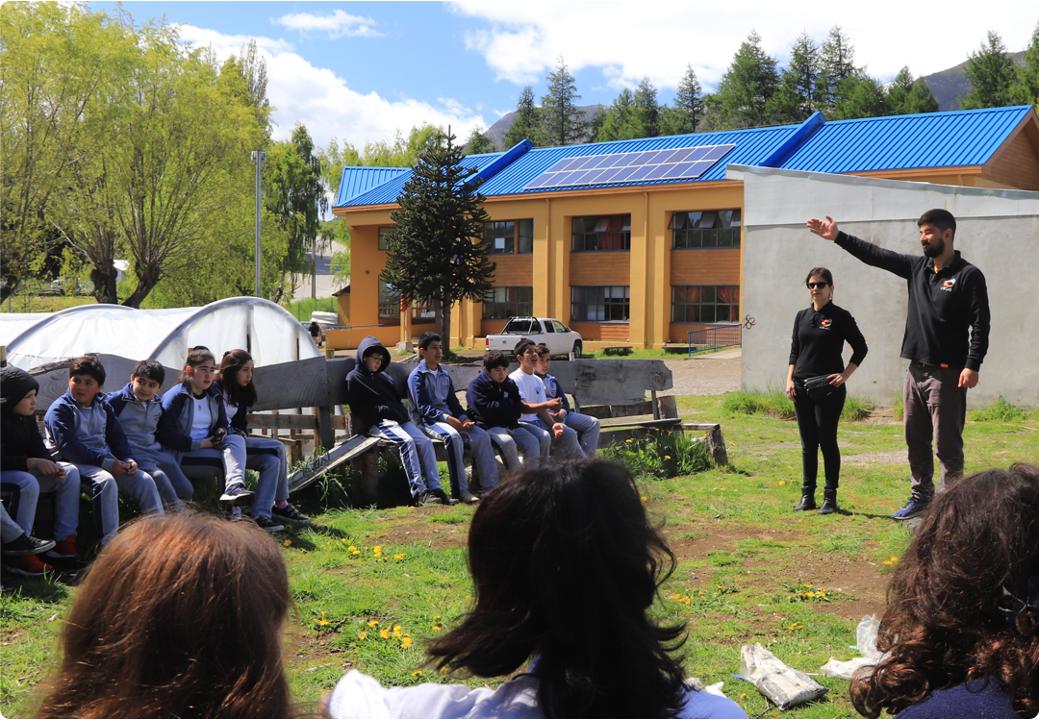
Today, the school has rid itself of firewood, which used to cost approximately US$3,000 per year. Now, they rely on geothermal energy, which is among the cheapest forms of renewable generation – with costs as low as US$ 0.04 per kilowatt.
“It is very difficult for us Patagonians to get firewood out from our home, but with geothermal energy the temperatures are constant. Eleven classrooms have this system, almost 80% of students,” said Poliche.
Chile’s first geothermal plant
In Cerro Pabellón, which was inaugurated in 2017, Chile boats the first geothermal plant in South America. The US$320 million project is located 4,000 metres above sea level and generates 48mw per year. The plant is owned by Geotérmica del Norte, which itself is owned by Enel Green Power Chile (a subsidiary of the Italian energy giant Enel) and Empresa Nacional del Petróleo (ENAP).
However, the project has had a number of problems since its inauguration. The Superintendency of the Environment (SMA), a national regulator, filed charges against Geotérmica del Norte in 2018 for 16 infractions of environmental legislation. These included the alteration of 31 archaeological heritage sites and unauthorised water consumption.
The company in charge of the plant, Geotérmica del Norte, presented a compliance programme with corrective measures. This allowed it to continue with its expansion plan, building a new power generation unit that will increase the installed capacity to 81mw.
Miguel Saldivia, a lawyer and researcher at the Cambridge Center for Environment, Energy and Natural Resource Governance (C-EENRG), says this shows that there must be improvements in environmental evaluations of energy projects.
“These are not just problems that are related to geothermal energy, but to any type of project. Chilean regulation has to improve its standards,” he added.
For Saldivia geothermal energy is an energy source with potential, but there are problems in the legal framework, regulatory gaps and high associated costs that could constitute an obstacle in its implementation.
“Regarding environmental impacts, there is a pending challenge,” he concludes.
Geothermal energy and its future
Although Chile has a single geothermal plant, the government has already granted concessions for new projects on more than 43,000 hectares. The sites are located in the Antofagasta, Maule, O’Higgins, Biobío and Araucanía regions and have been assigned to six companies.
The geothermal energy concession law establishes certain parameters for requesting an energy concession. The government grants concessions through direct requests or through public bidding. However, there is no legal framework for the direct use of geothermal energy, such as in the case of the school or the greenhouse.
This could change with a bill currently under discussion in Congress. It addresses the need for higher inspection standards for geothermal activity and the creation of a registry for small-scale projects, along with safety regulation for the activity.
“The project aims to simplify the requirements for minor geothermal projects that make direct use of geothermal energy and bring them towards a simplified registration regime, in addition to updating the law on control and security,” said Rubén Muñoz from the Ministry of Energy.
These changes could make Chile a leader in Latin America in the use of geothermal energy.



